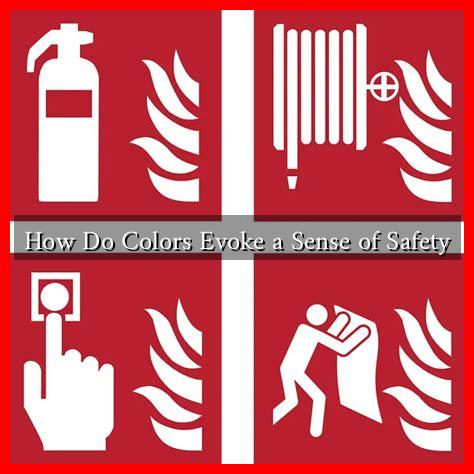-
Table of Contents
How Do Colors Evoke a Sense of Safety?
Colors play a significant role in our emotional and psychological responses. From the calming blues of a clear sky to the warm yellows of a sunny day, colors can evoke feelings of safety, comfort, and security. This article explores how different colors influence our sense of safety, supported by research, examples, and case studies.
The Psychology of Color
Color psychology is a field that studies how colors affect human behavior and emotions. According to research, colors can trigger specific feelings and associations, which can be harnessed in various settings, from marketing to interior design. Understanding these associations can help create environments that promote a sense of safety.
Colors That Evoke Safety
Several colors are commonly associated with feelings of safety and security. Here are some of the most impactful:
- Blue: Often associated with calmness and tranquility, blue is known to lower heart rates and reduce anxiety. Studies have shown that blue environments can create a sense of peace, making it a popular choice for hospitals and therapy rooms.
- Green: Symbolizing nature and growth, green is another color that evokes safety. It is often used in spaces designed for relaxation, such as spas and wellness centers, as it promotes a sense of balance and harmony.
- Yellow: While bright yellows can be overwhelming, softer shades of yellow can create a warm and inviting atmosphere. This color is often used in children’s spaces to evoke feelings of happiness and safety.
- Earth Tones: Colors like browns, tans, and muted greens are grounding and can evoke a sense of stability and security. These colors are often used in home design to create cozy and safe environments.
Case Studies and Real-World Applications
Numerous studies and real-world applications illustrate how colors can evoke a sense of safety:
- Healthcare Settings: A study published in the journal Health Environments Research & Design found that patients in blue and green hospital rooms reported lower levels of anxiety compared to those in white rooms. The calming effects of these colors contributed to a more positive healing environment.
- Schools: Research conducted by the University of Minnesota found that classrooms painted in soft, warm colors improved students’ focus and reduced behavioral issues. This suggests that color can create a safer learning environment.
- Urban Design: Cities like Amsterdam have incorporated color psychology into their urban planning. By using softer colors in public spaces, they have created environments that feel safer and more welcoming to residents and visitors alike.
The Impact of Color on Mental Health
Colors not only influence our immediate feelings of safety but can also have long-term effects on mental health. A study published in the journal Frontiers in Psychology found that individuals exposed to calming colors reported lower levels of stress and anxiety over time. This highlights the importance of color in creating environments that support mental well-being.
Conclusion
Colors have a profound impact on our emotions and perceptions of safety. By understanding the psychological effects of different colors, we can create environments that promote feelings of security and comfort. Whether in healthcare settings, educational institutions, or urban spaces, the strategic use of color can enhance our sense of safety and well-being. As we continue to explore the relationship between color and psychology, it becomes increasingly clear that the colors we surround ourselves with can significantly influence our mental health and overall quality of life.

